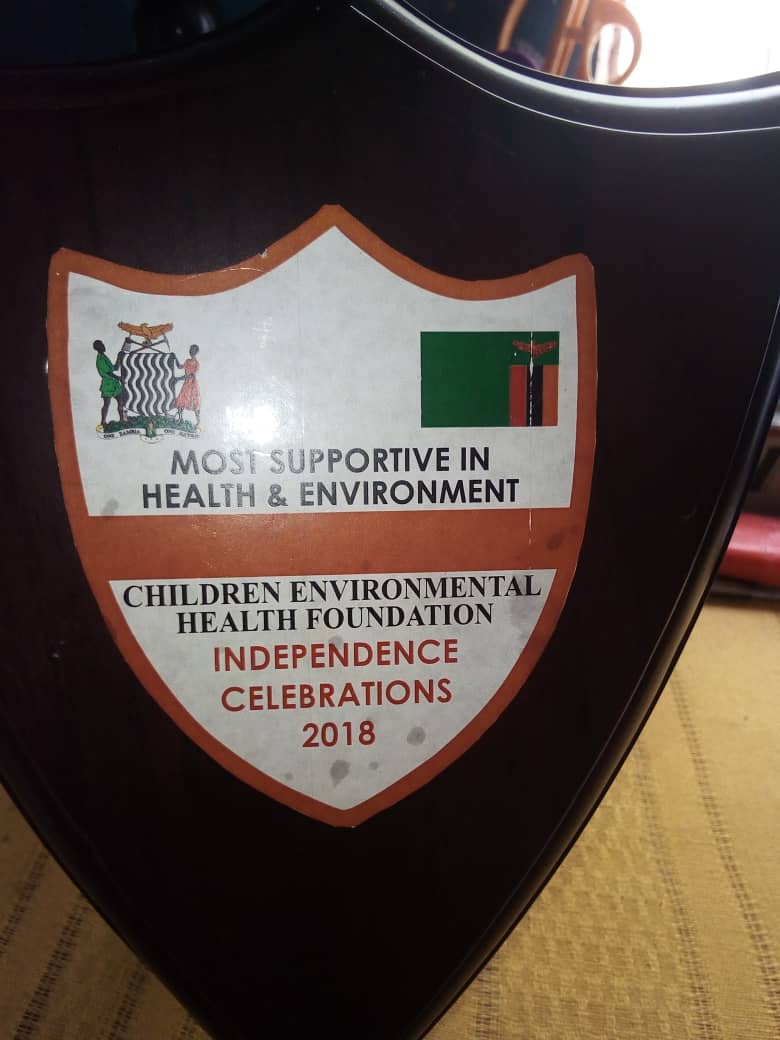There is more reception of metals other than being an earthly gesture of being discovered, unearthed, altered and refined them. From the benevolent endowment of their properties, to their use, metals are beyond just a fragment of economic status and national identification.
They are signified as a sense of aptitude in any cultural and physical component of terrene and landscape. In this landmark, Lead is a chemical element that is soft, malleable, dense, heavy and also relatively low melting. Lead occurs naturally in the environment however most lead concentrations that are found in the environment are a result of human activities.
With its relative abundance and low cost, it is extensively used in construction, plumbing, batteries, bullets and shots, weights, solders, pewters, fusible, alloys, white paints, leaded gasoline and radiation shielding.
Howbeit, Lead is toxic and its use was phased out of some rudiments such as petrol and diesel thus unleaded petrol in many parts of the globe. Lead however is still being used in other countries on the sale of products containing it, including paints, bullets, fireworks and brass caps.
Lead is toxin that accumulates in soft tissues and bones as it acts as a neurotoxin damaging the nervous system and interfering with the function of biological enzymes thereby causing neurological disorders such as brain damage and behavioral problems.
Until 1978, lead paint was commonly used on the interior and exterior of homes and deteriorated lead paint in older housing also remains the most common source of lead exposure for children. In the United States, the most common source of exposure for lead-poisoned children is lead-based paint, while the majority of adult cases are workplace-related.
Lead can also be found in lead-based paint used in older homes, contaminated soil, and household dust, drinking water pumped through leaded pipes, lead crystal, lead-glazed pottery, airplane fuel, some toys, and some inexpensive metal jewelry.
Both children and adults are vulnerable to the effects of lead. Young children under the age of 5 are particularly vulnerable, because their body, brain, and metabolism are still developing. Two-year-olds tend to have the highest blood level concentration, because they put many things into their mouth, including toys or other products that may contain lead.
Knowledge and awareness of the problem are essential to limit the risk of lead exposure in every situation possible. Unfortunately, In Zambia the knowledge about lead in paint and lead in other products and substances is not much.
And despite this circumstance, there are a few public and private health entities that still advocate for the abashment of the use of lead in paint and the Children’s Environmental Health Foundation(CEHF) is one of the few organizations in the country advocating against its use.
On the 24th of October, 2018, on Zambia’s Independence Day, they were awarded as the most supportive organization in health and environment in Southern Province while they were as well celebrating the International Lead Poisoning Prevention Week of Action to establish the need for the abolishment of the use of lead in paint.

Speaking during the official launch, lead in Paint Country Advisor and CEHF Chairperson, Michael Musenga stated that it was vital to fully implement recommendations of the lead paint study in Zambia contained in the IPEN global paint report.
He stated that Zambia should make regulations that restrict the use of lead in paint to avoid the devastating effects of the heavy metals to human and environmental health.
Mr Musenga explained since lead in paint gave a brilliant colour, prevented rusting on metal surfaces and made oil based paints dry faster, it was an accumulative and persistent toxicant affecting the human intellectual development in both children and adults.
“Lead paints are among sources of exposure and common cause of lead poisoning, since they are extensively used in schools, homes, public buildings, toys, play grounds, equipment, industries, vehicles as well as road markings,” he explained.
Mr Musenga established that the campaign against lead in paint was meant to find collaborative ways of having legal limits and phase out lead in paint by 2020 which would eventually eliminate associated risks.
The CEHF chairman further elaborated that the goal of the campaign was as well to catalyze efforts from diverse stakeholders to prevent exposure of lead to children and minimize occupational exposure to lead paint.

He however commended some paint manufacturers, the academia, communities, Civil Society Organizations and government through the Ministry of Health for being supportive by providing technical assistance and commitment towards the campaign.
“The technical committee of the Zambia Bureau of Standards (ZABS) convened a technical committee meeting, which resolved to adopt the 90 parts per million (ppm), the strictest standard set by the global alliance to eliminate lead in paint,” the lead in paint Country Advisor stated.
Mr Musenga said the advocacy against the use of lead in paint was meant to provide a clean, green and healthy nation for the generations to come.
Meanwhile, Ministry of Health, Chief Inspector Doreen Sakala said Lead caused mental retardation and is among the top 10 diseases of children due to modifiable environmental factors.
She was speaking to the Lusaka Star when she said that lead exposure weakened the immunity system which also lead to other ailments.
The Chief Health Inspector confirmed that a single multi-colored toy had the highest mean lead level of 102 parts per million contrary to the standard of 90 parts per million.
Ms Sakala mentioned that lead exposure also contributed to induced clinical anaemia which could to lead to cancer of the bone marrow.
“There is need to develop legislation to monitor toys at points of entry and inland especially during importation,” she said.
She said there also was need for collaboration with pediatricians to check for Lead levels in children on a routine basis during screening.
And Zambia Environmental Management Agency(ZEMA) Principal Inspector, Chrispin Simwanza said that lead poisoning or exposure was preventable and there was just need for implementation and control measures.
“Removing lead paint as a source of exposure will have significant health and economic benefits in labour force and productivity,” he explained.
He said that once implementation measures were carried out, they could help improve public health in both growing children and pregnant women.
Lead in paint was identified at the second International Conference on Chemical Management (ICCM) in 2009.
The ICCM launched the global alliance to eliminate lead paint as a voluntary partnership that is jointly lead by World Health Organization (WHO) and United Nations Environment Program (UNEP) to protect human health and environment.

